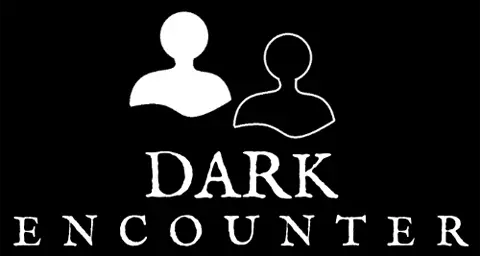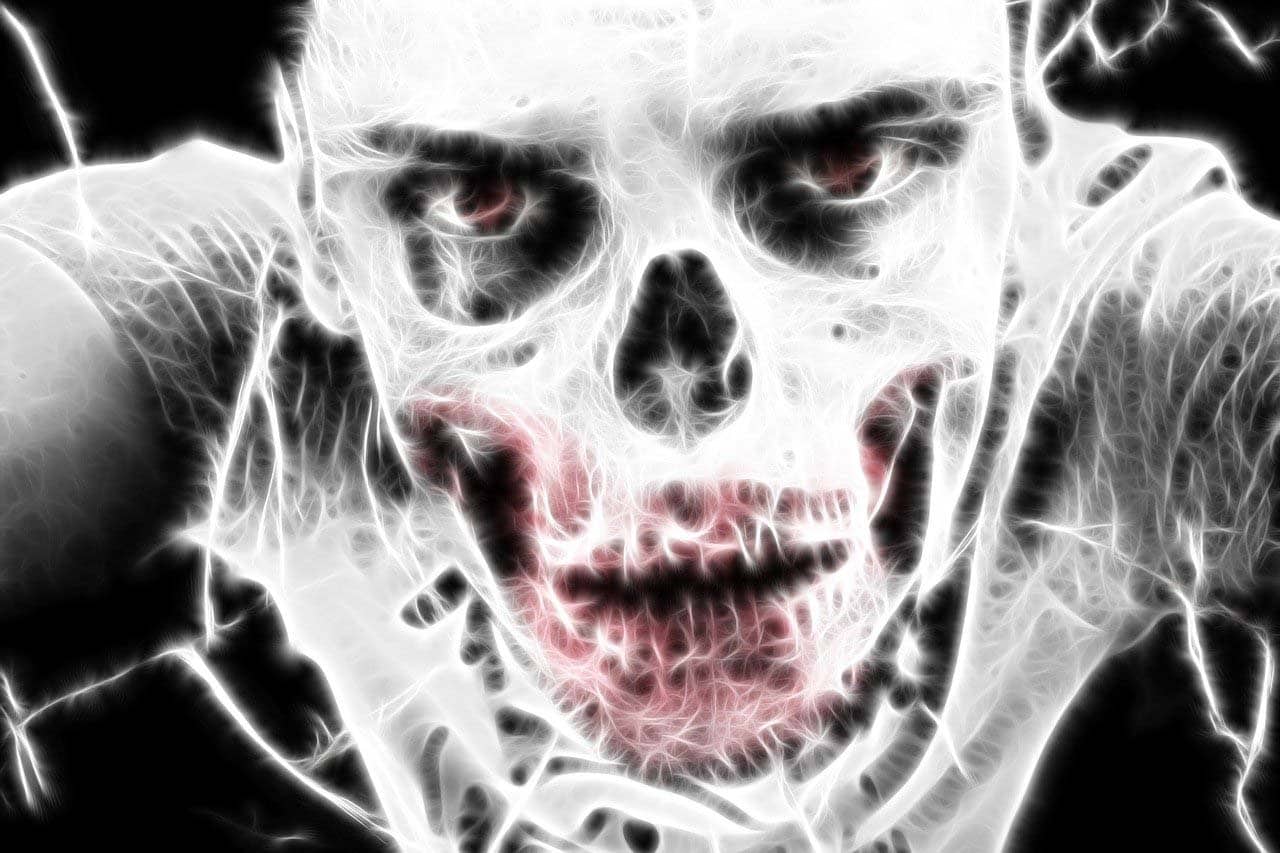Gothic horror is known for its dark mood and thick atmosphere. It often carries a sense of dread for the protagonists who battle the supernatural.
When writing gothic horror, your setting is going to make the biggest impact. Choose something dark, imposing and foreboding. Add a supernatural element. Then choose the period and the characters, keeping in mind that characters in gothic horror are often doomed in some way. The hero often has to redeem themself with the help of a loved one.
What is Gothic Horror?
Gothic horror is a fairly loose term that refers to any horror story with a dark and foreboding atmosphere.
The name comes from European architecture of the Middle Ages, the style of which was known as Gothic architecture. This is the type of architecture you would see in early 20th-century horror stories like Dracula, hence the genre became known as gothic horror.
You don’t have to feature old buildings to write a gothic horror story, though. If your story features any setting that evokes dark and foreboding feelings then it counts as gothic. You could add modern buildings like an abandoned skyscraper, or you could set your story in a train tunnel system.
To make sure your story is gothic, try to follow the type of structure that other gothic horror stories use. You can also use similar character types and setups.
Choose a Setting
The location of your story is going to provide most of the atmosphere. The creepier the better.
You can show themes of death by describing a location that was once thriving and has now decayed. Lonely castles, abandoned mines, crumbling mansions, empty hotels and run-down carnivals all make great locations. You get the idea. Places that once had a lot of people but are now abandoned suggest death and creeping dread.
You can also choose intimidating locations. Skyscrapers, jails and imposing haunted houses are all creepy because they seem threatening in their own right.
The setting is important because it determines how your characters behave. If you want them to behave frantically, give them a claustrophobic environment. If you want to build tension, give them a location where they can’t see everything and have to move slowly.
Make Your Characters
Characters in gothic horror help build the atmosphere through their actions and reactions. In a haunted house story, the tension comes from the interplay between the house and the characters. In a classic horror story like Frankenstein, it is the obsession of the protagonist that sets up the horror.
Generally, you want to make the main character likeable. This is because they will usually be doomed in some way. It’s less effective if we don’t like the character. Think of Jonathan Harker in Dracula. He was a nice guy who was trapped by a vampire and seemed to have no way out. It’s more shocking because he is likeable.
The villain should also be clear-cut. A good villain makes the story; think of Dracula again. The entire story revolves around him.
In a story like Frankenstein, the villain is less clear-cut, but we still have a strong villainous character in Dr Frankenstein. His ambition gives birth to a creature that only knows suffering.
Another thing about characters in gothic horror is that they represent our social fears. Xenophobia is a big one in Dracula. The count represents an aversion to foreigners at the turn of the century. H. P. Lovecraft wrote a lot of stories with themes of xenophobia such as The Shadow Over Innsmouth in which the population of a rural village have devolved into fish creatures.
Choose a Period
Many gothic horror stories take place in the past. Stories like Frankenstein and Dracula inspire a lot of people to write. If you want to write similar stories it is a good idea to choose a specific period and do a little research on it. Not too much. Just enough to give a feeling of authenticity. You want to be able to describe a building or a street from that time.
You can also write a modern Gothic story. Stephen King’s The Shining is a great example. Clive Barker‘s Hellraiser is another. You can even write a futuristic gothic horror like the movie Event Horizon.
When choosing the period, the important thing is that your setting suggests something ancient. The reader should have a sense of antiquity or things long forgotten. The actual time period in which the story takes place is not that important.
The Supernatural Element
A gothic horror story should have a supernatural element. A good place to start is with a ghost story. The atmosphere of a gothic horror story is perfect for ghosts and the type of setting, such as large buildings, suggests a haunting.
The Amityville Horror is a great example of a modern gothic ghost story. When the movie came out, it was all anyone could talk about. The house is the star of the show, with its creepy windows and horrible backstory, making the ghostly presence easy to believe.
Another type of supernatural element that works well is a curse. Think of a nobleman living in a mansion who has inherited a curse because of what his ancestors did. The large, dark, buildings that usually feature in gothic horror suggest that evil things once happened here. Use that to create a chilling backstory that left a curse that affects people in modern day.
Many gothic horrors are about the punishment for a sin. Dr Frankenstein was punished by the creature he made. Dracula was punished to become a vampire for his evil. There are many ways the supernatural can be used to punish someone.
Gothic horror can also be scientific. Frankenstein was considered science fiction in its day, but there are also modern stories that are gothic like the movie Event Horizon. The design of the spaceship featured in the movie was inspired by a gothic cathedral, and the story is a perfect example of gothic horror. A team of astronauts investigate a spaceship that travelled through a wormhole, and then a supernatural presence on board begins to kill them off.
Final Thoughts
While gothic horror is a very loose genre, it does have a definite feel to it. The main thing is to get the atmosphere right and the rest should fall into place. Many different authors will have different criteria for what they consider gothic horror, but at the end of the day, it’s all about the feel of the story. As long as your story is dark and foreboding, and there is a supernatural force at play, you should be good to go.





